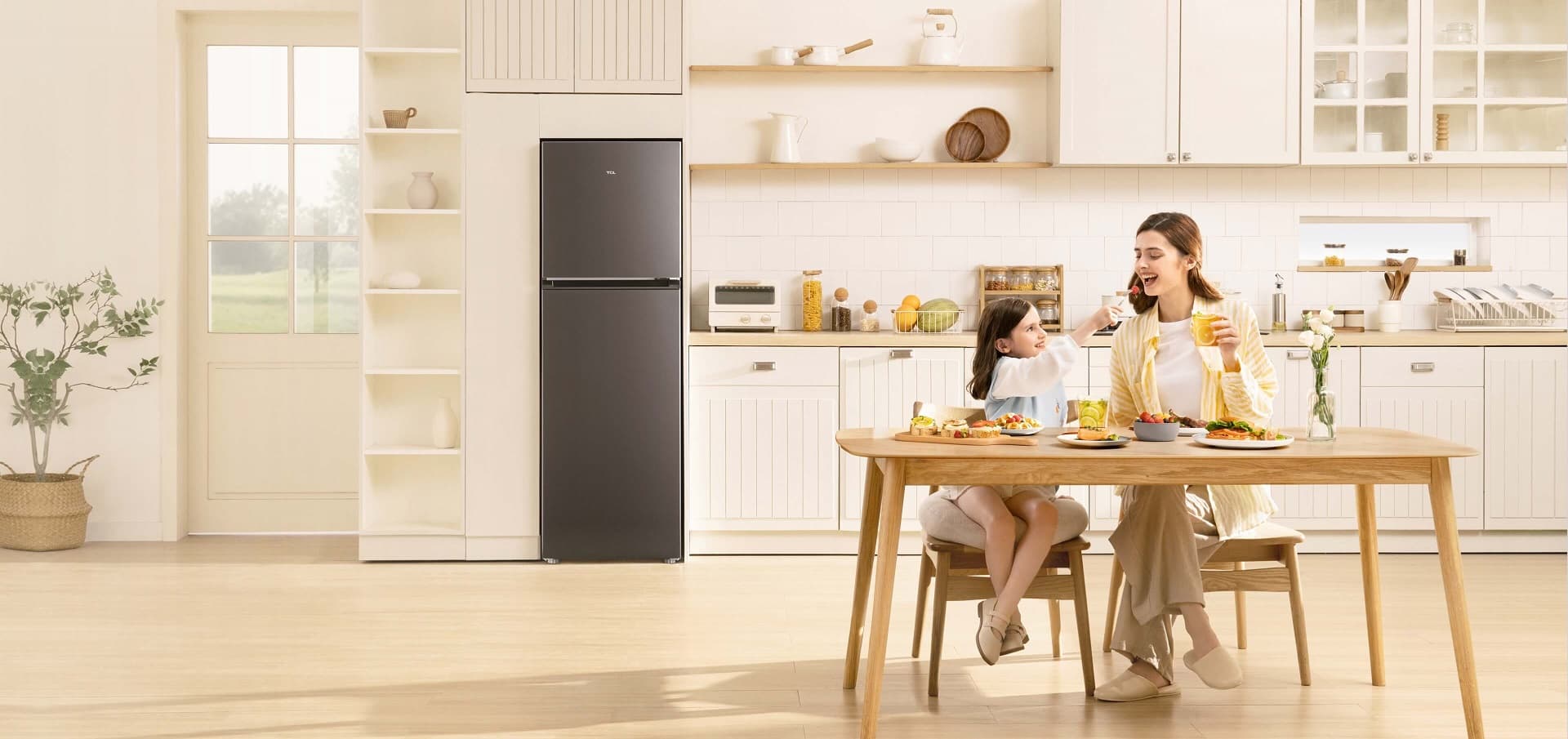t8b
c755
c655
c745
c855
65t8b
c655 pro
75c655
How to Pick A Subwoofer with Your soundbar? 5 Easy Tips You Should Know
How to Pick A Subwoofer with Your soundbar? 5 Easy Tips You Should Know

How to Pick A Subwoofer with Your soundbar? 5 Easy Tips You Should Know
2023-08-19
Introduction
Finding the right subwoofer for your soundbar is a crucial part of the home theater setup. It can either make or break the experience, so it’s important to find one that fits your listening preferences and playback levels. In this guide, we’ll walk you through five easy tips for picking out a subwoofer as well as outline some accessories you might want to consider buying along with your new subwoofer. So read on!
Soundbar Connections
- Digital Optical Audio (aka Toslink)—If your soundbar has an optical port, you can connect it directly to your TV with a cable that’s similar to the old-school RCA cables. You won’t have to worry about any compatibility issues because this type of connection is digital, so it doesn’t matter if it's Dolby Digital Plus, Dolby Atmos, or even DTS-HD MA; as long as they are all compatible with the audio settings on your TV and soundbar, they should work just fine together.
- HDMI—This is the most common digital video connection on modern TVs and other devices, but it won't output 5.1 surround sound; only stereo left and right channels will be sent through the HDMI cable if your system supports this feature at all—many don't! So while you could connect an HDMI cable directly between your TV and soundbar, you would only get stereo sound unless your cable has ARC (Audio Return Channel). This is another connection type we will go over in detail below.
- HDMI ARC—By enabling a return channel through the television, HDMI ARC works with soundbars, minimizing cables and streamlining the remote control setup. If you want a straightforward setup with simple sound management, HDMI ARC or the more sophisticated HDMI eARC standard are specifications you should emphasize when it comes to your soundbar and TV.
- Bluetooth—This feature will not only reduce the number of wires in your living room, but also make it easier to move your subwoofer around. The downside is that Bluetooth has a limited range and will disconnect if you leave your home theater area. Most TCL soundbars come with wireless subwoofers. For example, the TS8132, TS6110 and TS3010.
- RCA—This connection is typically found on older soundbars and most stereo receivers. These are the red and white analog connectors you see on the back of your TV or Blu-ray player. If you have one of these, it's best to look for a soundbar that has an aux input so that you can use your existing wires to connect it to your new soundbar. If not, then consider purchasing a 3.5mm aux cable for connecting your source device directly to the TV itself.
Cabinet Size
Cabinet size is a critical factor when choosing a subwoofer. You will want to pick the cabinet that is right for your room so that it blends in seamlessly with the soundbar and doesn't become an eyesore in itself.
Subwoofer cabinet sizes are typically measured in cubic feet, but if you don’t know what these measurements mean, here's a quick guide:
- A small room would need a 6-inch (or 15 cm) woofer with 1 cu/ft (0.03 m3) of space behind it for optimal performance;
- Medium rooms require bigger speakers with at least 10 inches (25 cm) of space behind them;
- Large rooms need at least 12 inches (30 cm) of space behind each speaker.
Listening Preferences and Playback Levels
The third factor to consider when buying a subwoofer is your listening preferences and playback levels. If you don’t care for bass, then a small 10-inch speaker will do the trick. However, if you are one of those who love the bass, then look for a powerful subwoofer with at least 15 or 18 inches of diameter. You need to know that some people may not be able to hear lower frequencies even though they love music with deep bass sounds. So it is important that you select a subwoofer with enough power and size that can play low frequencies clearly without distorting them in any way.
Room Size
Room size is an important factor to consider when choosing a subwoofer. A small room will require a smaller subwoofer and a larger room, or one with no obstructions, will require a larger one.
The volume of the space is not the only thing that goes into determining what type of speaker you should purchase. The size of your walls and ceiling can also affect how much bass your soundbar produces. If they're made out of wood, they'll reflect sound waves back into your living space causing the bass to be louder than if it were in an acoustic foam-lined room like mine.
Subwoofer Accessories
Here are some accessories you can buy to make your subwoofer easier to use.
Subwoofer stands: These are made for certain types of soundbars and give you more flexibility with positioning. They can also be used to help hide the cables in an orderly way, which is nice if you're looking for an aesthetic enhancement.
Subwoofer grills: If you don't like the look or feel of the plastic grill, it's possible to fit a custom-made wooden one over it instead. This adds some extra protection against dust and scratches but isn't necessary unless the original one gets damaged during transport or installation (which is unlikely).
Subwoofer feet: You'll need these if your soundbar doesn't come with them already installed by default—they allow air flows around your subwoofer so that heat doesn't build up inside its enclosure as quickly as without them installed. Some older models had vents on top which could cause heating issues if there wasn't enough space between them and something else nearby (like another shelf) so newer ones have feet instead!
Subwoofer cables: If you want to connect your subwoofer with other parts of your home theater setup, you'll need to buy some cables. Be sure to get the correct type as well—if you're not sure whether or not your system needs them, consult the manual first.
Subwoofer power cord: There are two types of power cords—fused and non-fused. The difference is that fused ones have fuses inside them which cut off power in case of an overload or short circuit. Non-fused ones don't have this feature so they're slightly cheaper but may not be as safe if a problem occurs with your setup (like wires touching each other).
Conclusion
Lastly, remember that no matter which subwoofer you choose, the most important part is that it sounds good to you. Different subwoofers will have different sonic signatures and tonal qualities. So even if your soundbar doesn’t have a built-in woofer, make sure you audition the subwoofer with your system before purchasing!
Check out TCL Sounbars today! We offer different types of Soundbars with Wireless Subwoofer and Soundbars with Integrated Subwoofer for your best home entertainment!
Connect with us on Facebook, Instagram, Twitter& YouTube for the latest updates on our TCL products and events.

How to Connect Universal Remote to TV?
2024-09-27

YouTube on TV Not Working, How to Fix?
2024-09-20

How to Watch Apple TV on Smart TV
2024-09-20

How to Measure a TV Screen for Perfect Fit?
2024-08-16

How to Clean Air Conditioner Drain Line?
2024-08-01

How To Remove Lint From Clothes Washing Tips
2024-05-24

How Does The Refrigeration Cycle Work?
2024-05-10

How Does VPN Work On Smart TV
2024-05-10

How to Watch Free Live TV on Android TV
2024-05-06

How to Reset Your Air Conditioning Unit
2024-04-25

How to Open A Locked Washing Machine Door
2024-04-10

How To Get Disney Plus On TV: A Easy Guide
2024-04-10

How To Adjust Your TV Picture to Fit Screen
2024-04-03

How To Convert Your LED TV To A Smart TV
2024-03-01

How To Play Games On Smart TV
2023-11-16

How To Level A Washing Machine in Easy Steps
2023-11-11

How To Dispose Of An Old Refrigerator Safely
2023-10-29

How to Mount a TV on the Wall in Easy Steps
2023-10-14

How To Wash Shoes In The Washing Machine
2023-09-28

How To Clean Your TV Screen In 6 Easy Steps
2023-09-26

3 Easy Methods on How To Reset your Tablet
2023-09-14

Ac Leaking Water? Here's How You Can Fix It!
2023-07-22

How To Take Care of a Cracked Phone Screen
2023-07-18

10 Smart Tips For More Organized Fridge
2023-06-16

How to Recover Deleted Photos on Android
2023-05-18
Copyright © 2025 TCL. All Rights Reserved.
This site uses cookies to analyse site traffic, improve your experience and personalize ads or other contents. By clicking Accept or continuing to browse the site, you are agree to our use of cookies. See our Cookies Policy here.Learn more












































.jpg?t=1702449223212&w=592)































